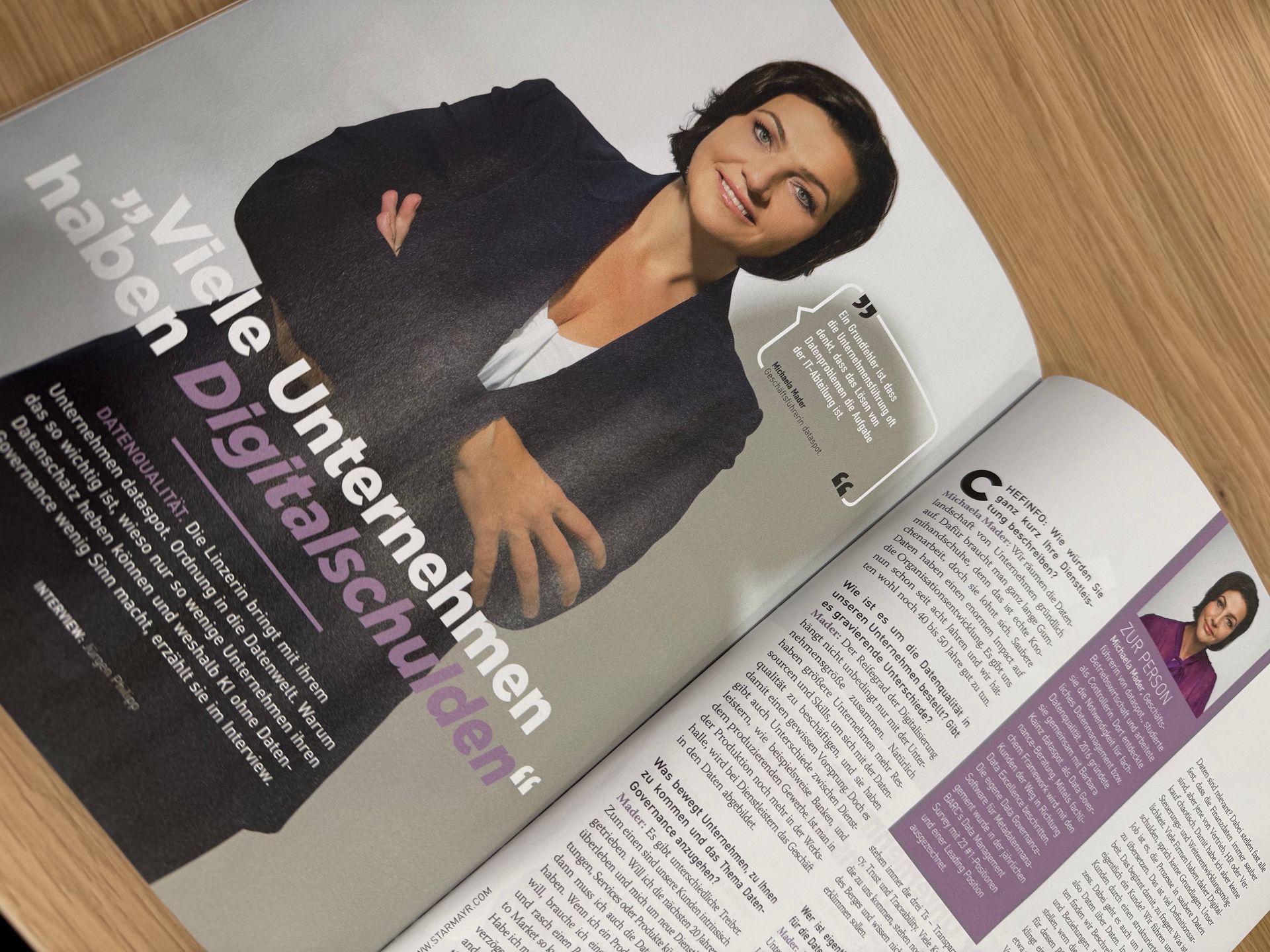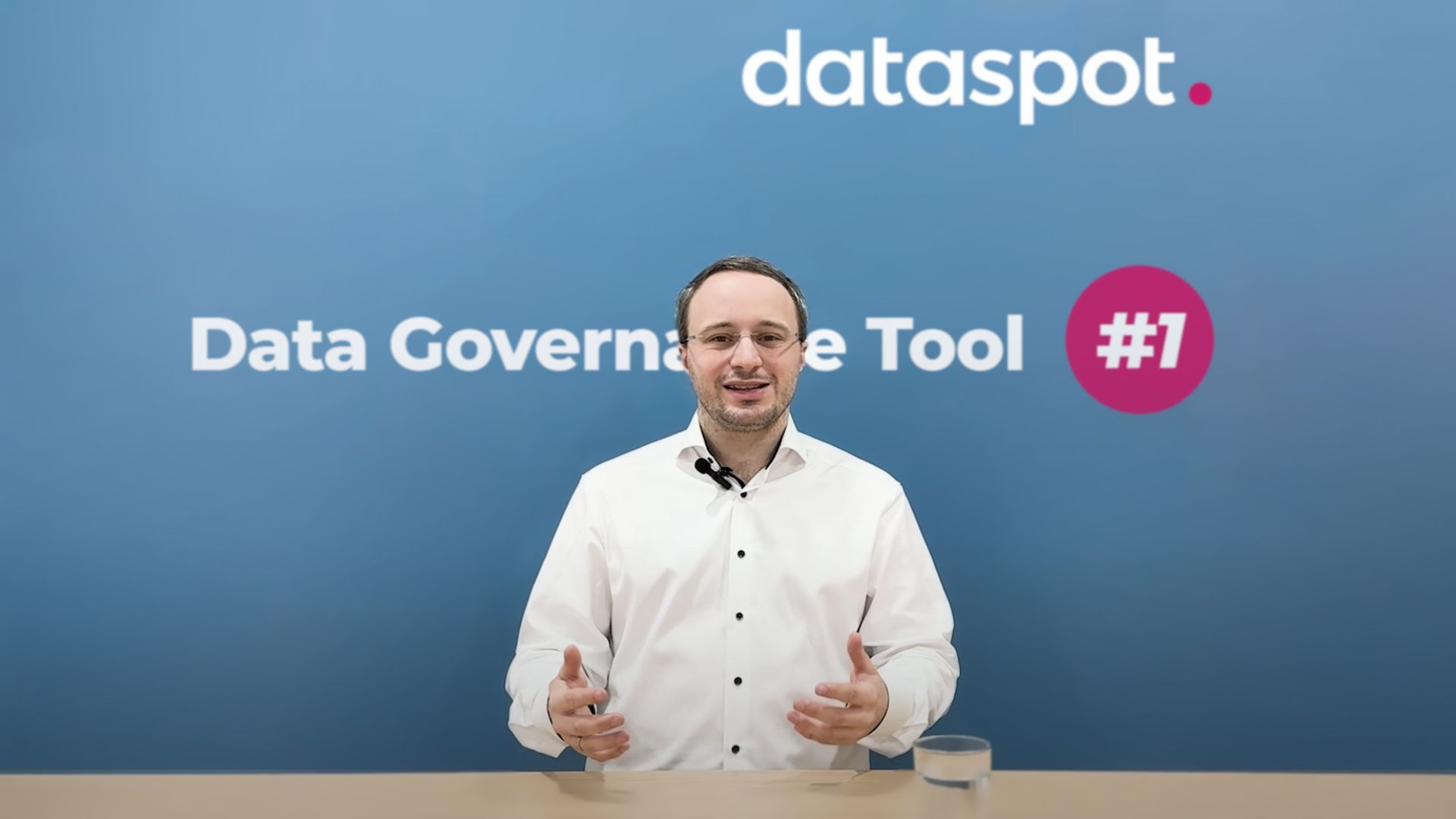If you don’t love your data, you don’t love your business!
The challenge that all data governance officers face is the same in almost every company: involving the entire organization - especially the departments. In many people's minds, data definition is directly linked to data provision and is therefore expected from IT. But data is not a product of IT!
Why? Because data is nothing more than the representation of the business in digital form - in other words, a “digital twin”.
Technical definitions therefore do not refer to data, but to the business objects that are related to the company and the relevant properties of these business objects. It is also important to understand the context of these business objects in relation to each other - and who knows this better than the experts in the operational areas?

So find those colleagues who not only understand the objectives and tasks of the respective business function, but often also set or manage them for others. Based on the operational processes, it is easy to understand which business objects are the basis for business processing - whether people (customers, employees, business partners, etc.), things that can be accessed (products, materials, devices, buildings, etc.) or even exclusively digital objects.
When asset accounting was taught in business schools over 30 years ago, the asset ledger was still a collection of pieces of paper. Nowadays, it is only known electronically. But then as now, it is a relevant business object for cataloging, describing and valuing a company's assets.
But what is data required for, in other words the digital representation of business objects and facts?
There are two main use cases:
- to support and document operational processes and
- to manage business lines in the form of key figures and evaluations.
The development of new business ideas is also supported by knowledge of relevant objects (often in the form of external data).
Developing a business object model therefore does not require data modeling, but simply people who understand your business. Take an hour together with the competent people from the specialist departments. Let them tell you in 10 minutes what the goals and tasks of this business area are. Listen carefully and have the three to five most important business objects on the table. Record, discuss and give the details as homework. Voilà - within a few days there is a high-level business data model for which the experts feel responsible.
If you now enable collaboration between the technical experts and make the knowledge about the respective business share available to everyone, different views and contexts quickly become clear. These are harmonized together or differentiated correctly. Regular joint meetings create lasting governance. This understanding of the overall view of the digital twin spreads to all areas. Now those colleagues who record the data can understand why the correct and complete representation of the business (= data) is so important. At the same time, the business object model serves as documentation for the individual employees in the departments as a basic understanding of their tasks. This makes it just as easy to train new colleagues as it is to consider new business models or process changes.
Silos and going it alone are out - transparency and collaboration are in!
And everyone does what they do best - technical definitions come from the technical experts, the appropriate method from Data Governance Support. Have fun with new friends in the business.
Share news
Related News

"Many companies have digital debts"
In an interview with CHEFINFO, our Managing Director Michaela Mader explains why it is important for companies to organise their data.

dataspot. Insights #2 – AI Excellence
In our expert video #2, Paul Schmidinger, manager and AI expert at dataspot., talks about AI Excellence, what it means and why it is essential for the future of your company.